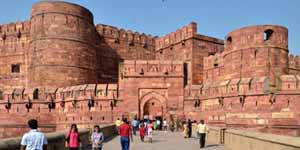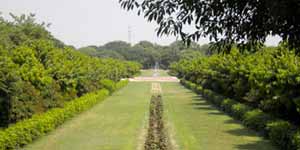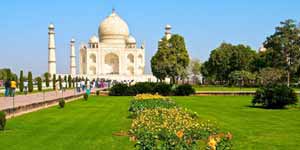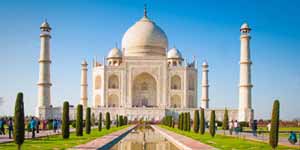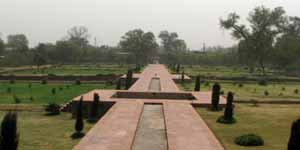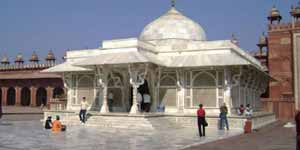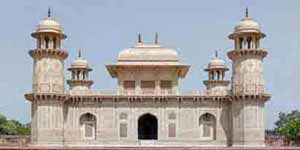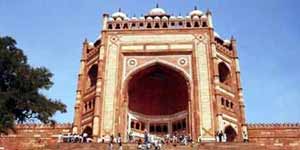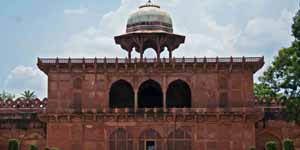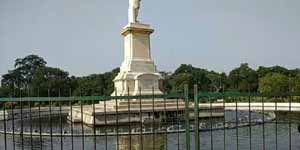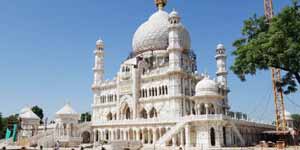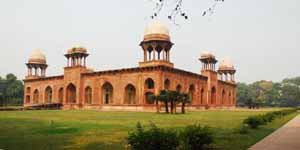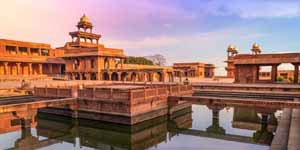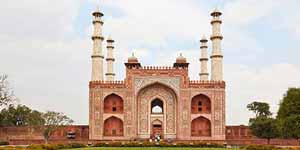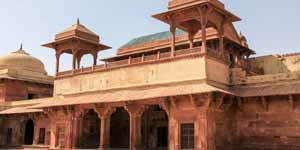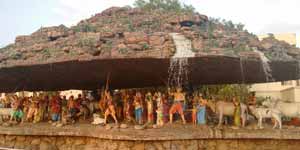

Vrindavan has an old past, related with Hindu history, and is a vital Hindu journey site. One of its most established surviving temples is the Govinda Dev temple, worked in 1590, with the town established before around the same time. Indeed, even the houses in Vrindavan describe stories of the yester years.
It is trusted that the quintessence of Vrindavan was rediscovered by Chaitanya Mahaprabhu, who by his heavenly otherworldly power could find all the critical spots of Krishna's interests in and around Vrindavan. Vrindavan, where Krishna spent his childhood, is a noticeable focus of Hindu journey and draws in a substantial number of pioneers throughout the entire year, from everywhere throughout the world. The real custom followed in the zone is Vaisnavism, and it is a focal point of learning and Krishna venerates and the territory incorporates places like Govardhana and Gokul that are related with Lord Krishna.
History
The name 'Vrindavan' is said to have been derived from 'Vrinda', another name for the sacred tulsi (basil) plant. A legend has it that the entire place was a tulsi grove at one time. According to another tradition, it was named after Vrinda Devi, one of Krishna's playmates. Whatever may be the case, Vrindavan is primarily a place of temples. Nearly 4,000 in number, which include several private shrines and sattras (houses for the distribution of alms), they are spread on a 10 km stretch. The earliest known shrine in Vrindavan is said to have been built by the local gosains in a large garden called Nidhiban, later named Seva Kunj. According to tradition, Emperor Akbar was taken blindfolded inside the grove where he had some kind of a spiritual experience. As a result, he acknowledged the spot as being holy ground. The four temples that were built in honour of his visit are Govind Deva, Madan Mohan, Gopinath, and Jugal Kishore. The first is an impressive edifice built in red sandstone. Architecturally this temple is one of the finest in North India. The beautiful tower that exists has lost some of its upper stories. A mutilated inscription on one of its walls records that Raja Man Singh of Amber built the temple in 1590. At the time of Aurangzeb, the principal image was removed from Vrindavan to Jaipur.
However, apart from its history, what keeps Vrindavan alive in the popular imagination of the people is its rich legend and mythology. Vrindavan is considered the place where Lord Krishna spent his early childhood. It was here that Krishna indulged in adolescent pranks with the gopis (milkmaids) in the forests and stealing their clothes while they bathed in the river. Little now remain of the legendary forests and the river has meandered away from most of Vrindavan's bathing ghats, but the Krishna effect is still there in the large number of pilgrims visiting this town.
Best Time to Visit Vrindavan
January-March and October-December are viewed as the greatest months to visit the place as the temperature goes somewhere in the range of 12°C and 25°C. The climate stays gentle and wonderful amid these months which make it a perfect time for touring at various attractions of the place.
How to Reach Vrindavan
by Air : The closest Airport from the Mathura Vrindavan is Agra which is situated at around 67 kilometers from the Vrindavan. There is standard flights that works from the real nations like Delhi, Mumbai, vrindavan and Khajuraho. The closest worldwide air terminal is Delhi which associated with all aspects of the world.
by Train : Vrindavan is itself a railroad station and the real rail route station is Mathura situated on the Delhi-Chennai and the Delhi-Mumbai principle line. There are number of express prepares that associates the urban areas of India like Delhi, Mumbai, Chennai, Bangalore, Kolkata and Agra.
by Road : Vrindavan is the city that is associated with the Mathura and the various spots of enthusiasm by transport. Transport benefit has the immediate connection from Delhi to Agra. Achieving Vrindavan from Mathura is simple as there are visit transports, shared beats and cabs that are accessible for the duration of the day.
